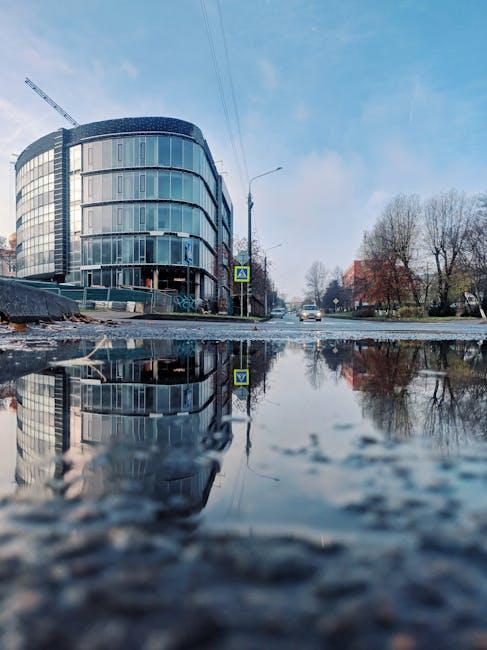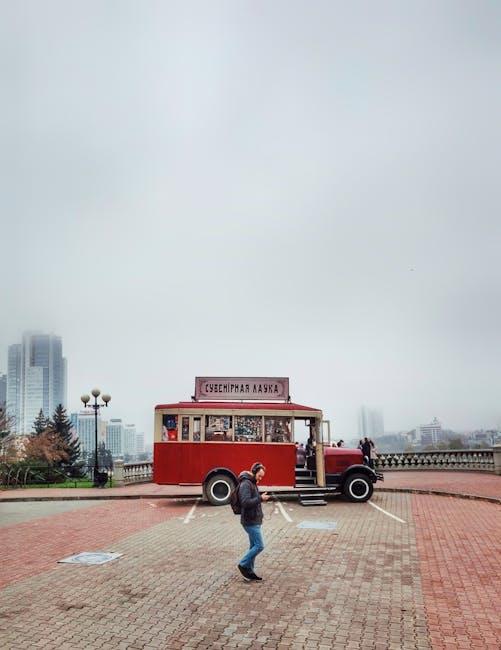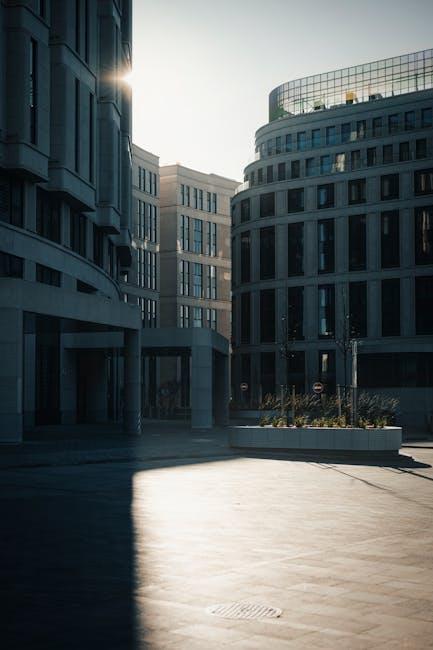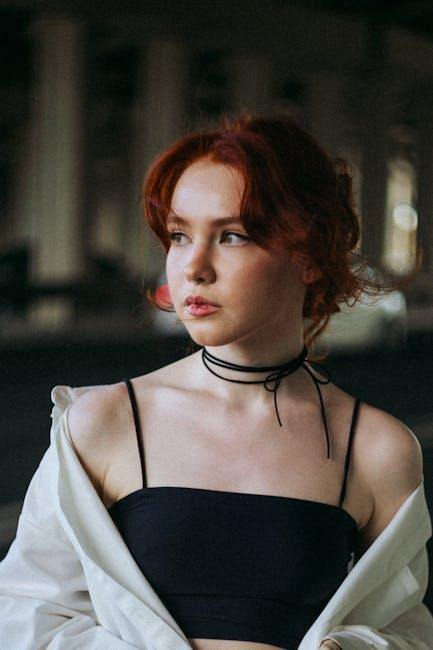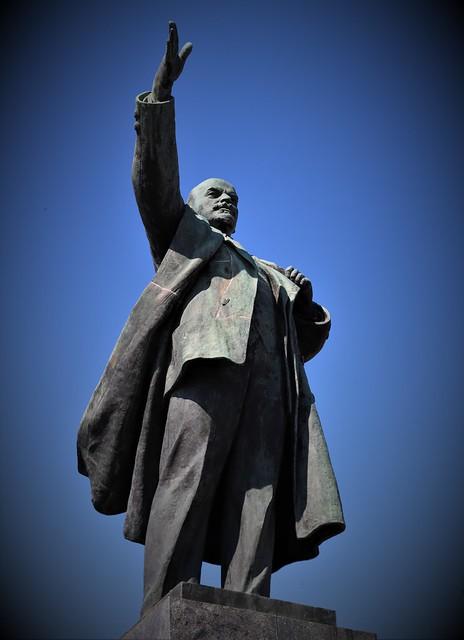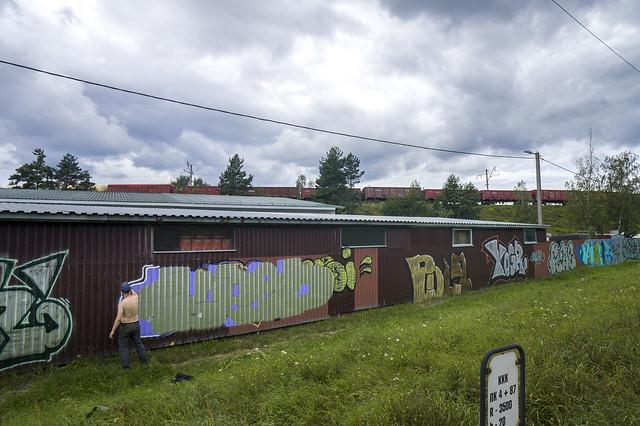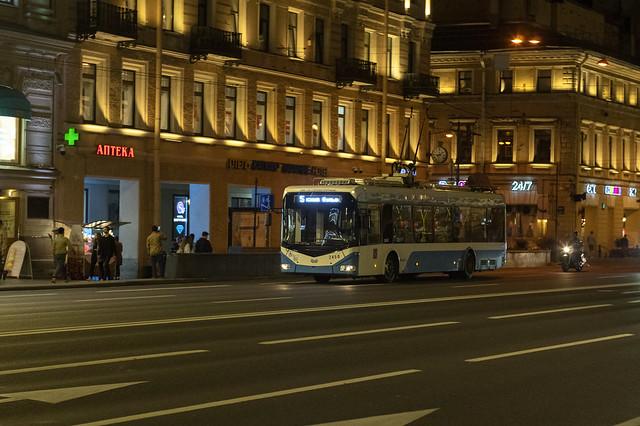Minsk
Overview
Overview of Minsk, Belarus
Minsk, the capital city of Belarus, is a vibrant hub of culture, history, and modernity. Unique in its blend of Soviet-era architecture and contemporary buildings, the city offers a glimpse into the past while steadily stepping into the future. Minsk is culturally rich, featuring numerous museums, theaters, and galleries. The Belarusian Great Patriotic War Museum and the National Art Museum display vast collections that encapsulate the region's history and artistic endeavors. The city is also renowned for its extensive and well-maintained parks and green spaces, making it a beautiful urban space.
Best Time to Visit Minsk
The high season for tourism in Minsk is during the summer months, from June to August. During this period, the weather is pleasantly warm with average temperatures ranging from 17°C to 25°C (63°F to 77°F), which is ideal for exploring the city on foot. This time of year is vibrant with activities, including open-air music festivals, cultural events, and various outdoor activities like cycling and walking tours around the city's notable landmarks such as Independence Square and Victory Park. Additionally, the Minsk Sea, a large man-made reservoir, offers opportunities for water sports and beach relaxation just outside the city.
Preparing for Your Trip to Minsk
Before traveling to Minsk, it's important for visitors, especially teenagers, to prepare adequately to ensure a smooth and enjoyable visit. Firstly, ensure that your passport is valid for at least six months beyond your planned departure date from Belarus. While citizens of many countries can visit Belarus without a visa for short stays (up to 30 days), it's crucial to check the latest visa requirements from official sources or the Belarusian embassy in your country. Familiarizing yourself with basic Russian or Belarusian phrases can be incredibly helpful, as English is not widely spoken outside of tourist areas and younger populations. Lastly, it's advisable to have local currency, Belarusian rubles, for everyday expenses, as credit card acceptance is not universal.
How It Becomes to This
History not available

You May Like
Explore other interesting states in Belarus
Discover More Area
Delve into more destinations within this state and uncover hidden gems.


